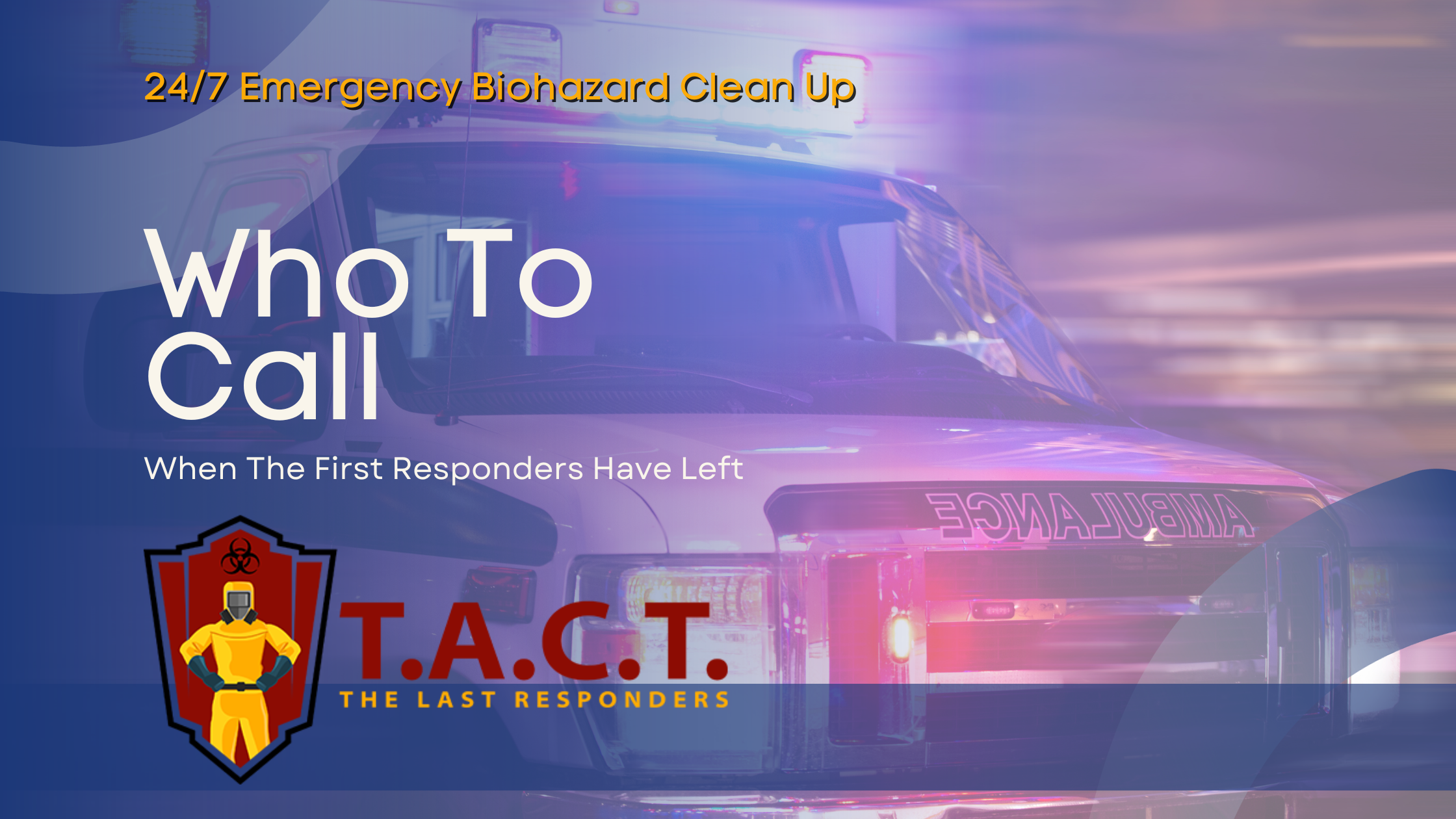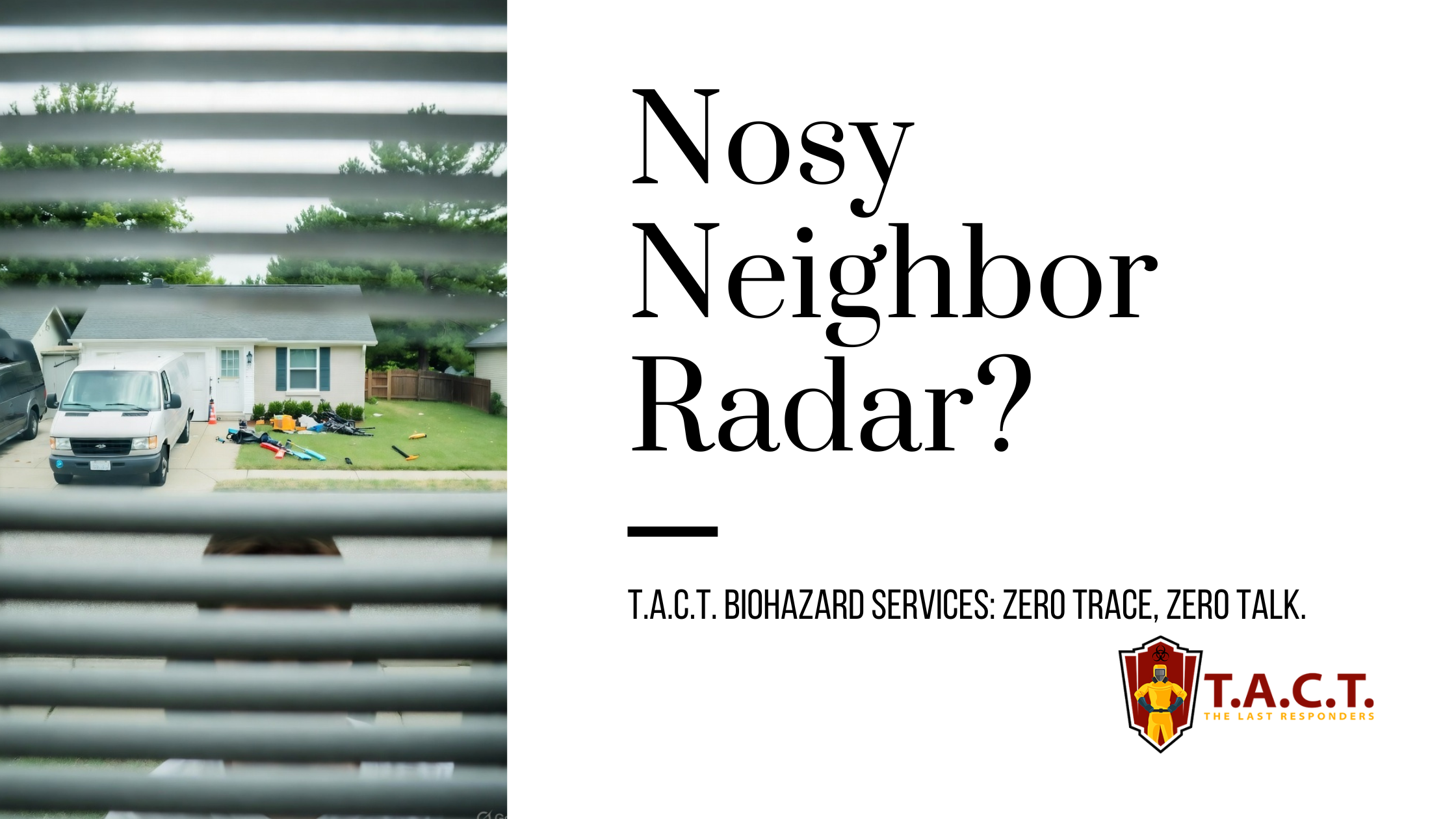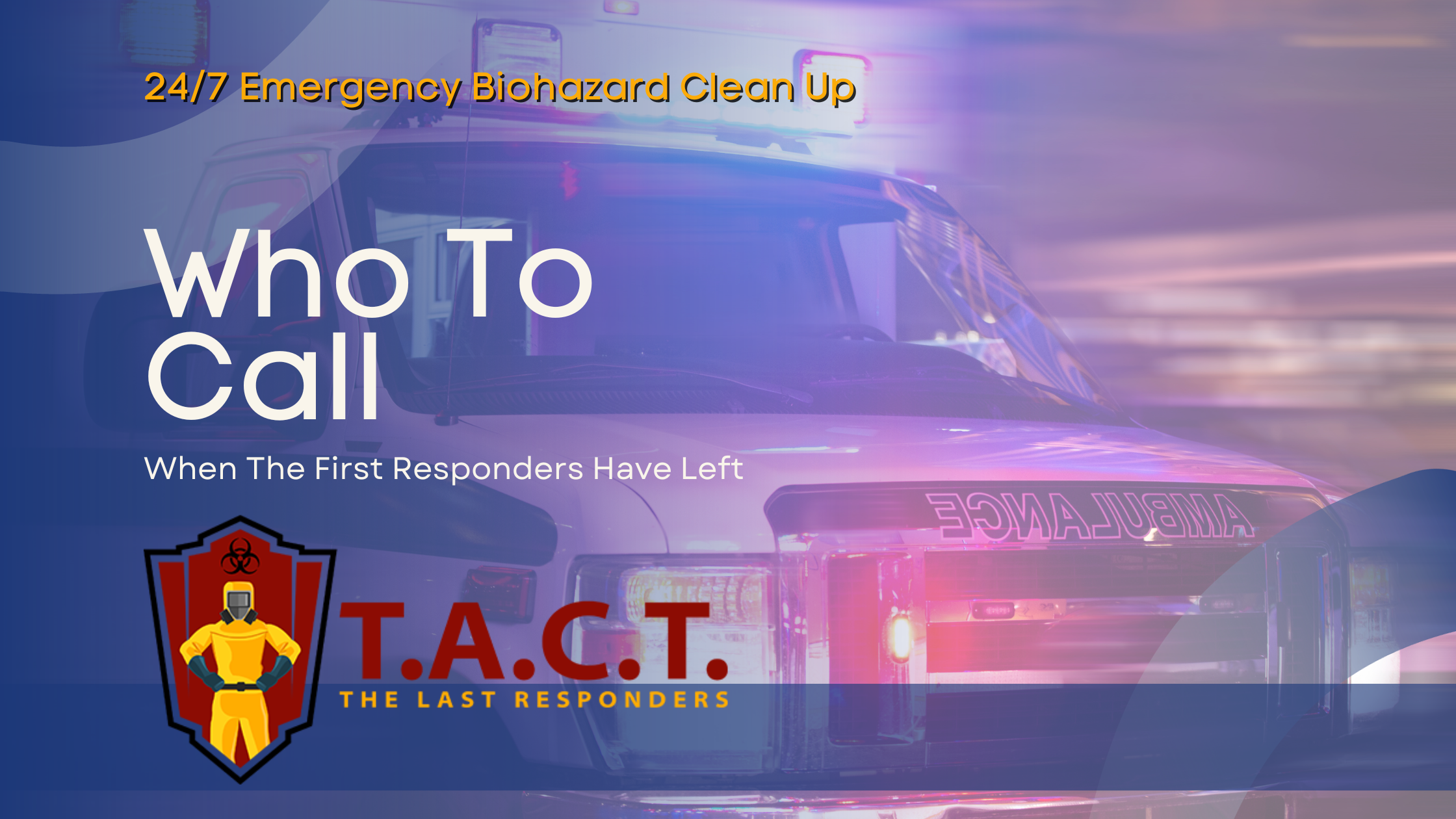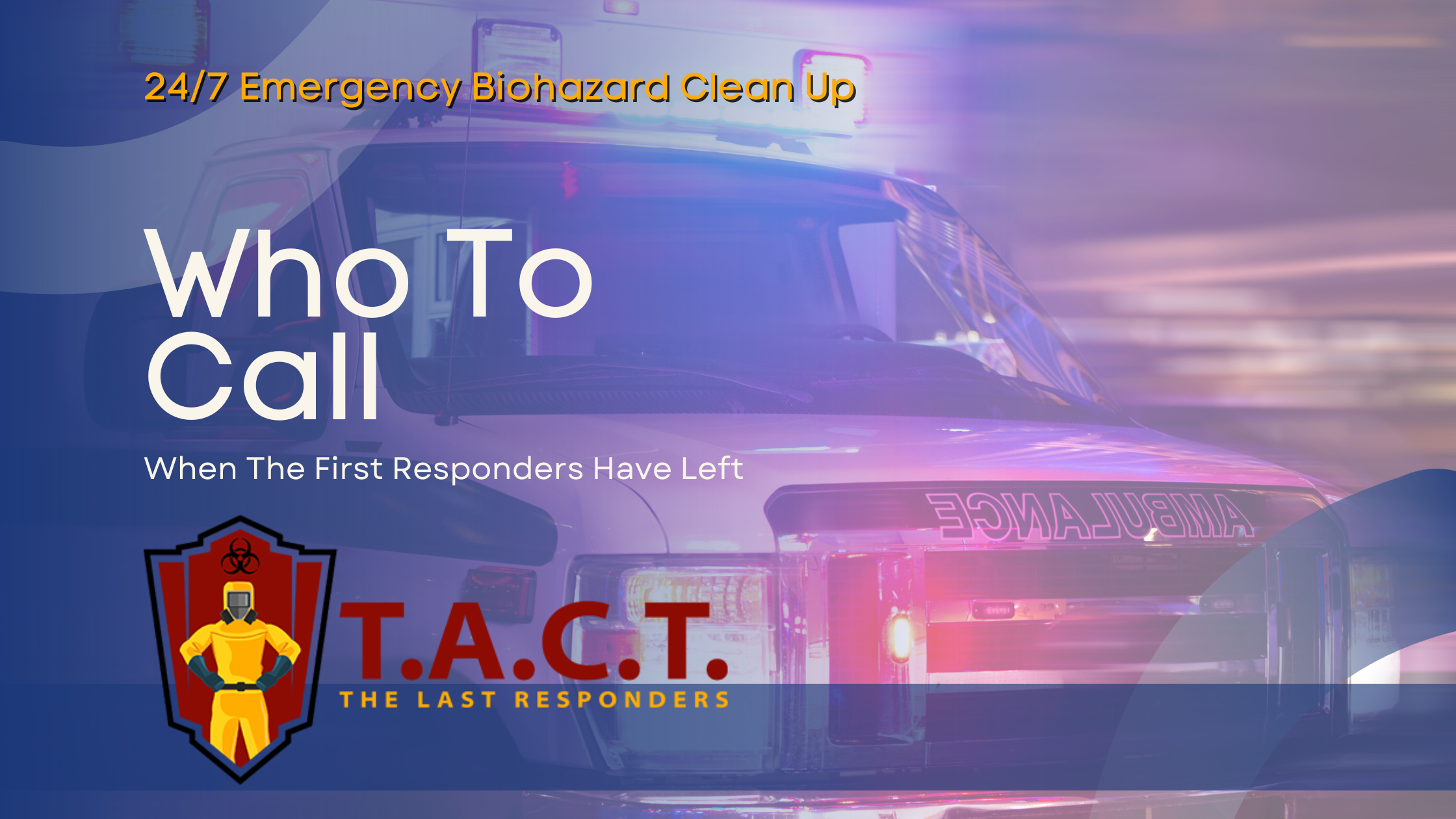How to help hoarders clean steps for real change

How to Help Hoarders Clean Compassionate Steps for Real Change
Hoarding disorder impacts far more than just a living space. For those supporting a loved one who struggles with hoarding, confronting the issue can feel overwhelming and, at times, emotionally charged. Knowing exactly how to help hoarders clean is crucial—not just for a healthier home, but also for nurturing dignity, safety, and progress. This comprehensive guide walks you through practical, compassionate steps that not only tackle clutter but also respect the emotional realities behind hoarding.
Understanding Hoarding Disorder
People with hoarding disorder experience persistent difficulty letting go of belongings—even those with little or no monetary value. This struggle is not a matter of laziness or simple disorganization. Most often, it roots back to underlying mental health issues like anxiety, depression, or trauma.
Recognizing the Signs
Spotting hoarding disorder early makes support more effective. Common indicators include:
Extreme difficulty discarding items, leading to severe clutter
Disorganization that disrupts everyday life
Emotional distress when facing the prospect of discarding items
Unchecked, hoarding can create dangerous environments, from blocked exits and trip hazards to infestations and increased fire risks. Yet, forceful intervention or harsh criticism rarely creates lasting improvement. Real, sustainable change comes from empathy paired with expertise.
Preparing for Hoarding Cleanup
Before you start hauling boxes or filling bags, preparation is paramount. Hoarding cleanup isn’t just about tidying; it’s a sensitive process requiring respect, planning, and, often, a multidisciplinary approach.
Preparing the Individual and Their Support System
Sit down with the affected person (and their family, if involved). Openly discuss:
Why addressing the clutter matters for safety and well-being
The benefits of involving qualified professionals, such as mental health experts or organizers who understand hoarding
Addressing these topics upfront sets expectations and reduces fear. Highlight that the cleanup is not an act of judgment, but one of care and concern.
Gathering Supplies and Safety Measures
Efficiency and safety depend on having the right tools:
Sturdy trash bags and cardboard boxes
Labels and markers for sorting
Protective gloves and masks, especially if mold, dust, or pests are present
First aid kit, in case of minor injuries
Scout out the area and look for:
Structural damage to floors or walls
Pest infestations
Mold, mildew, or rot
Blocked pathways or exits
Decide on a staging area for sorting items. A clear, open space helps minimize confusion and stress during decision-making.
Seeking Professional Assistance
Cleaning a hoarded home can quickly become overwhelming. Many situations benefit from calling in experts.
The Role of Mental Health Professionals
Hoarding rarely occurs in a vacuum. Therapists trained in hoarding disorder can help uncover the root causes behind the clutter and create personalized treatment plans. They may use therapies such as cognitive-behavioral therapy (CBT) to address the thought patterns that fuel hoarding reluctance.
When to Call Professional Organizers
A professional organizer familiar with hoarding situations can:
Structure the cleanup into manageable phases
Support the client emotionally during tough decisions
Recommend systems to maintain progress
If safety or legal issues arise, involving local agencies or cleanup crews specializing in hazardous environments is advisable.
Supporting Families and Caregivers
Professional assistance isn’t only for the hoarder. Family members may carry stress, guilt, or frustration. Counseling and support groups offer spaces to process these emotions and learn effective, compassionate support techniques.
Addressing Clutter and Disorganization
The physical cleanup itself should prioritize progress over perfection.
Start Small and Build Trust
Select a single, less emotionally charged area, such as a bathroom or entryway. Celebrate each win, no matter how minor, to build confidence and momentum.
The Sort and Decide Method
Use a straightforward approach:
Keep: Items needed and used regularly
Donate: Items in good condition but no longer needed
Discard: Broken, soiled, expired, or obviously unnecessary items
Always involve the individual in each decision. Respect their choices wherever safe and reasonable.
Dealing With Immediate Hazards
Remove visible trash, spoiled food, and broken items first. This not only improves safety but often provides a motivational boost by making immediate, visible progress.
Organizing With Storage Solutions
Once essential items have been identified, use clear bins, labels, or shelving. Keep storage simple and accessible. Complicated systems are harder to maintain.
Managing Paper Clutter and Junk Mail
Paperwork and junk mail can be major stumbling blocks for people with hoarding disorder.
Create Simple Sorting Systems
Set up bins or folders for categories like “To Pay,” “To File,” and “To Discard.” Guide the person to make quick, confident decisions on each document.
Shredding and Security
To protect privacy, shred sensitive papers. If there’s too much backlog, consider hiring a document destruction service.
Go Digital Where Possible
Switching to electronic bills and statements immediately reduces future paper flow. Set up email reminders and organize digital files to make access easy.
The “Touch Once” Rule
Encourage a habit where each paper item is handled only once before being filed, actioned, or discarded. Over time, this prevents another overwhelming buildup.
Supporting a Loved One With Hoarding Disorder
Success in overcoming hoarding challenges depends on emotional connection as much as physical cleaning.
Offer Compassionate Encouragement
Avoid negative comments or ultimatums. Instead, use language like, “I’m here to help you when you’re ready,” or “What would make this space feel safer for you?”
Help Challenge Negative Thoughts
Many hoarders fear regret or imagine dire consequences if they give up their possessions. Remind them that mistakes can be fixed and that the process is about progress, not perfection.
Celebrate Progress
Whether it’s clearing a hallway or organizing one box, acknowledge every victory. Small wins motivate continued effort and build trust.
Encourage Professional Support
Normalize therapy, coaching, or joining support groups. Share resources and, if possible, accompany your loved one to appointments for extra encouragement.
Overcoming Challenges in the Cleanup Process
Hoarding recovery is never linear. Expect setbacks, emotional days, and periods of slow progress, and plan for them in advance.
Break It Down
Divide the cleanup into short, specific sessions with clear goals. “Today we’ll clear the kitchen table” is less daunting than “We must finish the whole house now.”
Use Positive Self Talk
Encourage statements like, “I’m making progress,” or “Each small change helps.” Focusing on effort rather than perfection sustains motivation.
Lean on Support Networks
Family, friends, and peer groups provide encouragement and accountability. Make use of helplines or online forums dedicated to hoarding recovery when needed.
Maintenance Is Key
Once order is restored, set up a routine for tidying and periodically sorting possessions. Scheduling regular check-ins can prevent backward steps.
Supporting Recovery Beyond the Cleanup
The real work begins once the clutter is gone. Ongoing support, compassion, and maintenance planning help ensure lasting change.
Develop a Personalized Plan
Tailor systems and routines to the individual’s unique challenges. Stick to organizing methods that fit their personality and preferences.
Create Positive Habits
Encourage daily or weekly “mini-declutters.” Make it a shared activity to decrease stigma and increase pride in progress.
Stay Connected
Check in regularly, especially around anniversaries of loss or times of high stress, which can trigger relapses.
Taking Action Together
Helping someone with hoarding disorder is about more than tidying rooms. It means providing practical, emotional, and ongoing support. By combining empathy, preparation, and professional resources, you make true transformation possible—for both the individual and their loved ones.
If you're facing a hoarding challenge, don't shoulder the burden alone. Reach out to a mental health professional or organizer experienced in hoarding disorder. Remember, recovery is a collaborative effort that strengthens both homes and relationships.
Meta data
Meta title
How to Help Hoarders Clean Practical Compassion and Steps
Meta description
Learn practical, compassionate steps for helping someone with hoarding disorder clean safely while supporting their emotional well-being.How to Help Hoarders Clean Compassionate Steps for Real Change
Compulsive hoarding leads to a cluttered and unsafe living environment, often due to a perceived need to keep too much stuff and personal belongings with sentimental value. People hoard for various reasons, including emotional attachment, mental health problems, and the belief that getting rid of stuff will cause more harm. Hoarding symptoms include persistent difficulty discarding items, which can result in unsanitary living conditions, rodent infestations, and trashed rooms. Involving a family member and seeking professional help or a mental health expert is important to address hoarding behavior and restore order in a hoarder's home. Taking appropriate steps, such as gathering cleaning supplies and starting cleaning one room at a time, focusing on small victories like clearing a small pile or obvious trash, is essential. Helping a hoarder clean can be emotionally exhausting, but celebrating small victories and setting a strict deadline can help. Deep cleaning and getting rid of hazardous materials are crucial for achieving a clutter free home and ensuring the space is thoroughly cleaned. Some hoarders are motivated by a good deal or accumulate items like plastic bags, and improper intervention can make the problem worse. Pack rat tendencies and hoarding symptoms may require professional help, and encouraging a new hobby can support recovery.
Hoarding disorder impacts far more than just a living space. For those supporting a loved one who struggles with hoarding, confronting the issue can feel overwhelming and, at times, emotionally charged. Knowing exactly how to help hoarders clean is crucial—not just for a healthier home, but also for nurturing dignity, safety, and progress. This comprehensive guide walks you through practical, compassionate steps that not only tackle clutter but also respect the emotional realities behind hoarding.
Understanding Hoarding Disorder
Compulsive hoarding is a mental health condition characterized by persistent difficulty discarding personal belongings, often due to a perceived need to save them or their sentimental value. Hoarding behavior goes beyond simply being a "pack rat"—a colloquial term for someone who accumulates clutter—and involves hoarding symptoms that are linked to underlying issues and mental health problems such as anxiety, depression, or trauma. People hoard for various reasons, including strong emotional attachment to their possessions and the perceived need to keep items for future use or because of the memories they hold. This struggle is not a matter of laziness or simple disorganization, but rather a complex issue rooted in psychological and emotional factors.
Recognizing the Signs
Spotting hoarding disorder early makes support more effective. Common indicators include:
Extreme difficulty discarding items, leading to severe clutter
Disorganization that disrupts everyday life
Emotional distress when facing the prospect of discarding items
A cluttered home with narrow paths between piles, accumulation of obvious trash, and blocked access to rooms or exits
Hoarding symptoms can result in an unsafe living environment, unsanitary living conditions, and even rodent infestations.
Unchecked, hoarding can create dangerous environments, from blocked exits and trip hazards to infestations and increased fire risks. Attempting to intervene without proper understanding can make the problem worse. Yet, forceful intervention or harsh criticism rarely creates lasting improvement. Real, sustainable change comes from empathy paired with expertise.
Preparing for Hoarding Cleanup
Before you start cleaning, it’s crucial to follow the appropriate steps for safety and organization, and to ensure you have the right cleaning supplies on hand. Before you start hauling boxes or filling bags, preparation is paramount. Hoarding cleanup isn’t just about tidying; it’s a sensitive process requiring respect, planning, and, often, a multidisciplinary approach. Be sure to identify and safely handle any hazardous materials that may be present, and seek professional assistance if the situation involves risks beyond your expertise.
Preparing the Individual and Their Support System
Sit down with the affected person and a supportive family member to openly discuss the situation. Openly discuss:
Why it is important to address hoarding and how clutter impacts safety and well-being
The benefits of involving qualified professionals, such as mental health experts or organizers who understand hoarding
The importance of seeking professional help to address hoarding effectively and ensure a safe, supportive process
Addressing these topics upfront sets expectations and reduces fear. Highlight that the cleanup is not an act of judgment, but one of care and concern.
Gathering Supplies and Safety Measures
Efficiency and safety depend on having the right tools:
Sturdy trash bags and cardboard boxes
Cleaning supplies such as all-purpose cleaners, disinfectants, and cleaning tools
Labels and markers for sorting
Protective gloves and masks, especially if mold, dust, or pests are present
First aid kit, in case of minor injuries
Scout out the area and look for:
Structural damage to floors or walls
Pest infestations
Mold, mildew, or rot
Blocked pathways or exits
Plastic bags are often found in abundance in hoarded homes and should be sorted and removed as obvious trash to speed up the decluttering process.
Decide on a staging area for sorting items. A clear, open space helps minimize confusion and stress during decision-making.
Seeking Professional Assistance
When dealing with severe hoarding situations, it is important to seek professional help and consult a mental health expert to ensure safety and address any underlying mental health concerns.
Cleaning a hoarded home can quickly become overwhelming. If you find the process too much to handle, seek professional assistance. Many situations benefit from calling in experts.
The Role of Mental Health Professionals
A mental health expert can provide professional help for hoarding disorder, offering guidance and support tailored to each individual's needs. Therapists trained in hoarding disorder can help uncover the root causes behind the clutter and create personalized treatment plans. They may use therapies such as cognitive-behavioral therapy (CBT) to address the thought patterns that fuel hoarding reluctance.
When to Call Professional Organizers
A professional organizer familiar with hoarding situations can:
Structure the cleanup into manageable phases
Support the client emotionally during tough decisions
Recommend systems to maintain progress
If safety or legal issues arise, involving local agencies or cleanup crews specializing in hazardous environments is advisable.
Supporting Families and Caregivers
Professional assistance isn’t only for the hoarder. Family members may carry stress, guilt, or frustration. Counseling and support groups offer spaces to process these emotions and learn effective, compassionate support techniques.
Addressing Clutter and Disorganization
A cluttered environment can make it extremely difficult to restore order in a hoarder's home, as excessive belongings and disorganization often block access and create safety hazards.
The physical cleanup itself should prioritize progress over perfection. It is important to follow the appropriate steps to get rid of unnecessary items and address hoarding behavior, ensuring that the process is safe and effective. The goal of a hoarder clean is to restore order and safety to the living space, helping the individual with getting rid of clutter and making the home livable again.
Start Small and Build Trust
Begin by focusing on a single room, such as a bathroom or entryway, to avoid feeling overwhelmed. Start with a small pile of items in that room, making the task manageable. Celebrate each small victory, like clearing a small pile or organizing one room, to build confidence and momentum.
The Sort and Decide Method
Use a straightforward approach:
Keep: Items needed and used regularly
Donate: Items in good condition but no longer needed
Discard: Broken, soiled, expired, or obviously unnecessary items
Getting rid of personal belongings, especially those with sentimental value, can be very difficult for someone with hoarding disorder. Support the individual as they decide what to get rid of and what to keep, and encourage them throughout the process of getting rid of clutter and items they no longer need.
Always involve the individual in each decision. Respect their choices wherever safe and reasonable.
Dealing With Immediate Hazards
Remove visible trash, spoiled food, and broken items first. Prioritize discarding obvious trash and hazardous materials to reduce the risk of rodent infestations and other health hazards. This not only improves safety but often provides a motivational boost by making immediate, visible progress.
Organizing With Storage Solutions
Once essential items have been identified, use clear bins, labels, or shelving. Keep storage simple and accessible. Complicated systems are harder to maintain.
Managing Paper Clutter and Junk Mail
Paperwork and junk mail can be major stumbling blocks for people with hoarding disorder. Some individuals hold onto paper clutter and junk mail because they don't want to miss a deal or important offer.
Create Simple Sorting Systems
Set up bins or folders for categories like “To Pay,” “To File,” and “To Discard.” Guide the person to make quick, confident decisions on each document.
Shredding and Security
To protect privacy, shred sensitive papers. If there’s too much backlog, consider hiring a document destruction service.
Go Digital Where Possible
Switching to electronic bills and statements immediately reduces future paper flow. Set up email reminders and organize digital files to make access easy.
The “Touch Once” Rule
Encourage a habit where each paper item is handled only once before being filed, actioned, or discarded. Over time, this prevents another overwhelming buildup.
Supporting a Loved One With Hoarding Disorder
Supporting a family member with hoarding disorder can be emotionally exhausting, as the process often involves both mental and emotional challenges for everyone involved.
Success in overcoming hoarding challenges depends on emotional connection as much as physical cleaning. Taking actions such as discarding possessions without the hoarder's consent can do more harm than good, potentially causing emotional distress and damaging trust.
Offer Compassionate Encouragement
Avoid negative comments or ultimatums. If you want to help a hoarder, focus on offering guidance with compassion and patience. Instead, use language like, “I’m here to help you when you’re ready,” or “What would make this space feel safer for you?”
Help Challenge Negative Thoughts
Many hoarders fear regret or imagine dire consequences if they give up their possessions. Remind them that mistakes can be fixed and that the process is about progress, not perfection. Be careful not to push too hard or use negative language, as this can make the problem worse.
Celebrate Progress
Whether it’s clearing a hallway or organizing one box, acknowledge every victory. Celebrating small victories is crucial—they motivate continued effort, build trust, and reinforce positive progress.
Encourage Professional Support
Normalize therapy, coaching, or joining support groups. Share resources and, if possible, accompany your loved one to appointments for extra encouragement. If the situation feels overwhelming, encourage them to seek professional support to ensure they receive the appropriate help.
Overcoming Challenges in the Cleanup Process
Hoarding recovery is never linear. Expect setbacks, emotional days, and periods of slow progress, and plan for them in advance.
To maintain momentum, set a strict deadline for specific tasks or milestones. This helps keep the process moving forward and prevents procrastination.
It's also crucial to follow the appropriate steps during cleanup to avoid unnecessary setbacks and ensure a safe, thorough recovery.
Break It Down
Focus on one room or a single room at a time to make the cleanup process more manageable. Divide the cleanup into short, specific sessions with clear goals for each room. For example, “Today we’ll clear the kitchen table” or “Let’s start with a small pile in this room” is less daunting than “We must finish the whole house now.”
Use Positive Self Talk
Encourage statements like, “I’m making progress,” or “Each small change helps.” Focusing on effort rather than perfection sustains motivation.
Lean on Support Networks
Family, friends, and peer groups provide encouragement and accountability. Involving a family member in the support network can be especially helpful, as their understanding and compassion can strengthen the recovery process. Make use of helplines or online forums dedicated to hoarding recovery when needed.
Maintenance Is Key
Once order is restored, set up a routine for tidying and periodically sorting possessions. Scheduling regular check-ins can prevent backward steps. Maintaining a clutter free home is essential for long-term success, supporting both safety and psychological well-being.
Supporting Recovery Beyond the Cleanup
The real work begins once the clutter is gone. Ongoing support, compassion, and maintenance planning help ensure lasting change. Taking up a new hobby can also help replace the attachment to clutter and support recovery.
Develop a Personalized Plan
Tailor systems and routines to the individual’s unique challenges. Stick to organizing methods that fit their personality and preferences.
Create Positive Habits
Encourage daily or weekly “mini-declutters.” Make it a shared activity to decrease stigma and increase pride in progress.
Stay Connected
Check in regularly, especially around anniversaries of loss or times of high stress, which can trigger relapses.
Taking Action Together
Helping someone with hoarding disorder is about more than tidying rooms. It means providing practical, emotional, and ongoing support. This article serves as a guide to help a hoarder and address hoarding, so you can work together to restore order to their home and life. By combining empathy, preparation, and professional resources, you make true transformation possible—for both the individual and their loved ones.
If you’re facing a hoarding challenge, don’t shoulder the burden alone. Reach out to a mental health professional or organizer experienced in hoarding disorder. Remember, recovery is a collaborative effort that strengthens both homes and relationships.
Meta data
Meta title
How to Help Hoarders Clean Practical Compassion and Steps
Meta description
Learn practical, compassionate steps for helping someone with hoarding disorder clean safely while supporting their emotional well-being.
Latest news

Nosy neighbors peeking? T.A.C.T. North Atlanta offers discreet biohazard remediation for rodent infestations, mold, hoarding, and more. Unmarked vehicles, quiet experts, full privacy—24/7 service at 470-781-4775.
Read More

